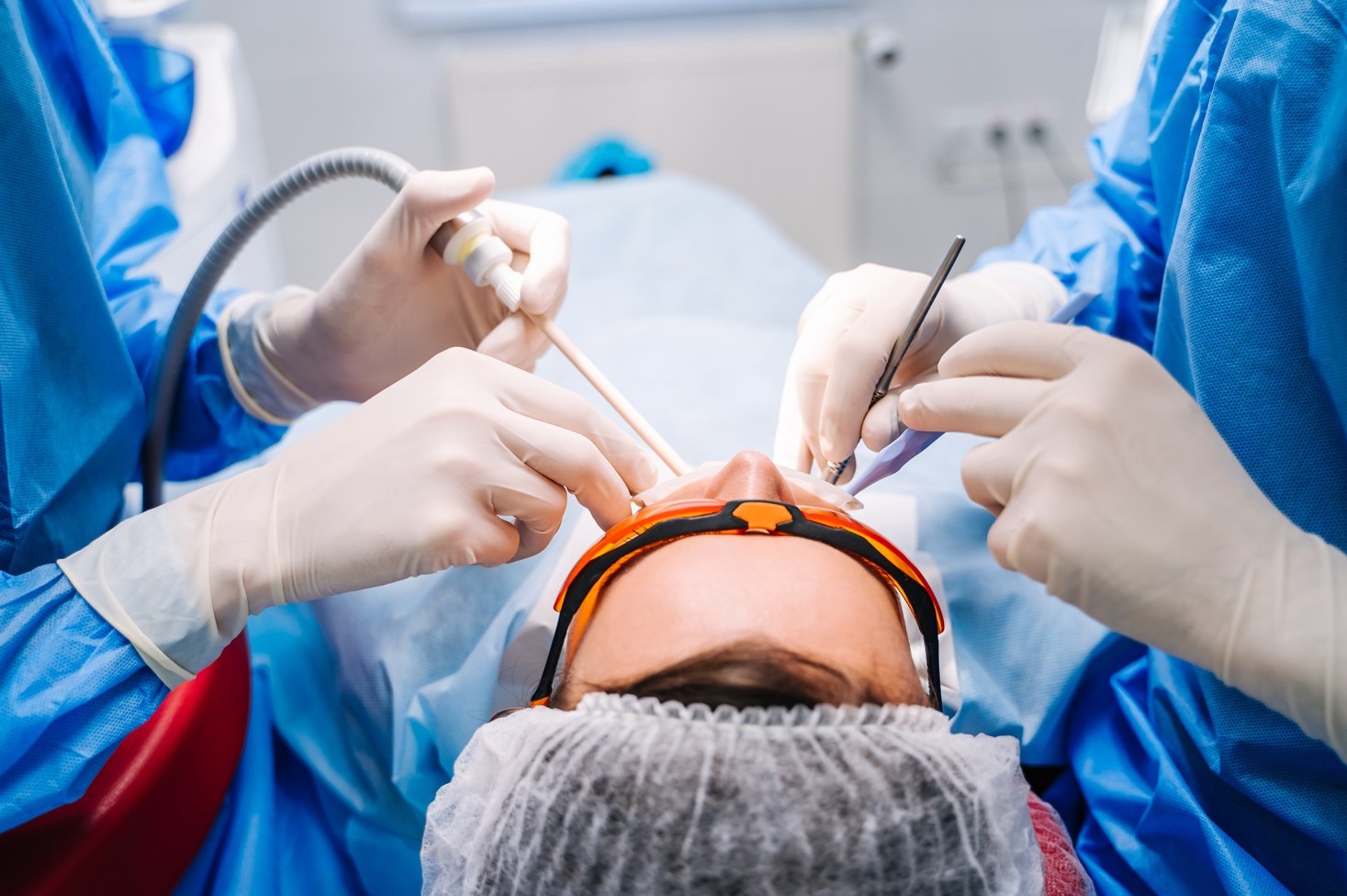A periodontist is a dentist who specializes in the prevention, diagnosis, and treatment of periodontal disease, a chronic inflammatory disease of the gums and the bones supporting the teeth, and in dental implants.
While some general dentists treat less severe gum conditions, many refer their patients to periodontists for more difficult cases. Similarly, while some General dentists Dental implants are performed, and many refer their patients to periodontists for more complex dental implant cases. Let’s take a closer look at what periodontal therapy is.
Periodontal disease treatment
If you suffer from gum disease, you are not alone. In fact, many adults over the age of 30 suffer from some form of gum disease. Here are some possible reasons your general dentist might refer you to a periodontist for more advanced dental work:
You have moderate or severe level of gum disease, with symptoms such as:
– bleeding
– swollen
– receding gums
– loose teeth
– A change in your bite
Pain or discomfort in, around or under the gums.
You have a personal or family history of heart disease, stroke, diabetes, respiratory disease, osteoporosis or cancer.
Periodontal treatment for dental implants
Periodontists are experts in installing dental implants. There are two important reasons for a dental clinic referral to a periodontist:
In the dental profession, periodontists are recognized as the masters of hard tissues (teeth, bones) and soft tissues (gums, cheeks, etc.). A successful dental implant procedure requires an in-depth knowledge of both tissue types.
The placement of dental implants is a surgical procedure, and the additional three years of training that this expert undergoes includes extensive surgical training that most general dentists do not receive.
Here are some of the possible reasons why your periodontist may be required to place your dental implants:
– You need multiple implants, which is a more complex procedure with several methods to consider.
You have limited bone structure into which the implant can be inserted.
The implant will be placed in the upper jaw from the back near the sinuses, which requires creating enough space between the implant and the sinuses.
Finally, as periodontal disease specialists, they master the latest technologies in the diagnosis and treatment of periodontal disease. They are also trained in periodontal cosmetic procedures. So periodontists treat, among other things, conditions ranging from mild gingivitis to more severe periodontitis. Periodontists offer a wide range of treatments, such as peeling and root planing (cleaning affected root surfaces), root surface debridement (removing damaged tissue), and regeneration procedures (reversing bone and tissue loss). If necessary, periodontists can also perform surgeries on patients with severe gum disease.

“Subtly charming problem solver. Extreme tv enthusiast. Web scholar. Evil beer expert. Music nerd. Food junkie.”


